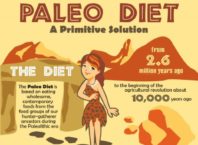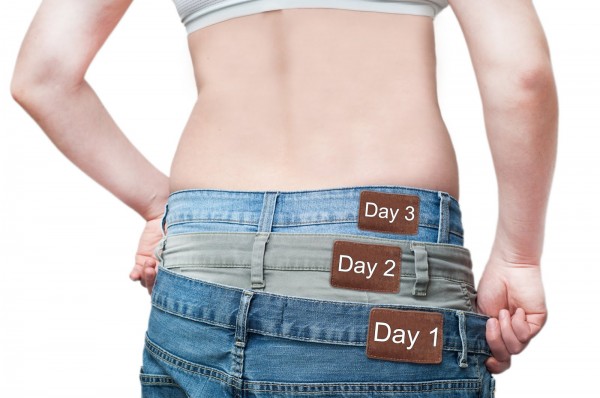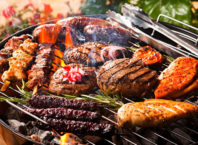The Paleolithic diet, also known for the terms caveman diet and hunter-gatherer diet, is a rage nowadays. Followers of this diet all claim that the diet has provided them with a lot of positive effects. Thus, it is just reasonable for the Paleo diet to receive such curiosity and attention. Now what exactly is a Paleo diet and how can it benefit you?
The Paleo diet, as the name may suggest, is based around the diet supposedly followed by the first human beings that ruled the earth more than a million years ago, in the Paleolithic era. This type of diet mainly features the consumption of meat, wild fruits, vegetables, seeds and nuts. It spares no room for packaged and processed foods – essentially none of the foods that were not naturally available back in the era of the cavemen. Legumes and grains are also restricted, if not totally eliminated, in this type of diet. If you look at it in the perspective of one who wishes to lose weight, it can absolutely be considered as an efficient diet for that matter. Athletes may also find this diet highly beneficial because of its high-protein quality. Moreover, individuals who need to have their blood sugar and blood pressure regulated and stabilized are also ideal patrons of this diet.
Paleo Diet Food List
The foods typically seen in a Paleo diet food list may be consumed either cooked or raw. Although more devout followers would say and believe that foods must be consumed in its raw form to really mimic how the cavemen ate their food back in the day, it is recommended that the food should be at least slightly cooked. This is because cooking is also touted to be as old as civilization, by the way. However, it is for sure that the cavemen did not fry their foods then, so you should also not fry your food. It would be best to cook your Paleo meal through grilling and steaming. Do not overcook, though, to maintain the food’s nutritional value.
Meat
All of the meat products you should consume if you are to follow the Paleo diet should be organic or, what you call, free-range. This means that the meat should come from an animal that has been bred in an open farm with organic pastures. The animal should not have been fed with hormone-based feeds and vitamin supplements. The consumption of organic meat is known to prevent infection caused by bacteria such as E.coli or salmonella, should you consume raw or slightly cooked meat. Moreover, the meat consumed in this diet should be lean cuts of meat and contain the least fat. You may also consume eggs, but no more than six in a week.
Fruits and vegetables
The basic rule when it comes to eating vegetables while on the Paleo diet is to eat the vegetables in its raw form. However, legumes are eliminated in this diet, thus, beans and peas should be stayed away from. Meanwhile, a very popular vegetable among Paleo dieters is the Kale. Virtually any vegetable is allowed, aside from potatoes and sweet potatoes because they are starchy.
On the other hand, all types and kinds of fruits are allowed in this diet; although, if you wish to lose weight, you should not consume sweet fruits such as grapes, mangoes and bananas. Moreover, consuming fruit juices and dried fruits should also be avoided if possible.
Nuts and seeds
Almost all nuts and seeds are permitted in the Paleo diet, aside from nuts that are actually legumes. Cashew nuts should also be avoided because, naturally, the cavemen would not get a cashew fruit and take out the nut to eat.
Beverages
Water, fruit and vegetable juices, tea not mixed with any ingredients such as milk, may all be consumed moderately. You should also eventually avoid alcohol and coffee if you are following the Paleo diet. However, a glass of wine may be drank occasionally.
By: Brenda Miles






